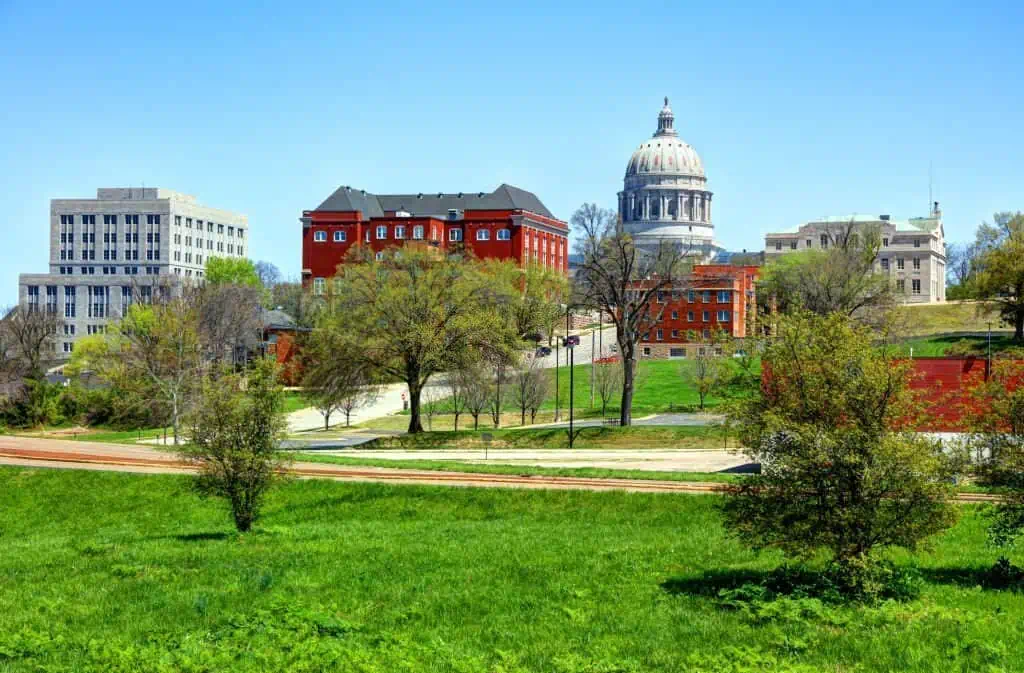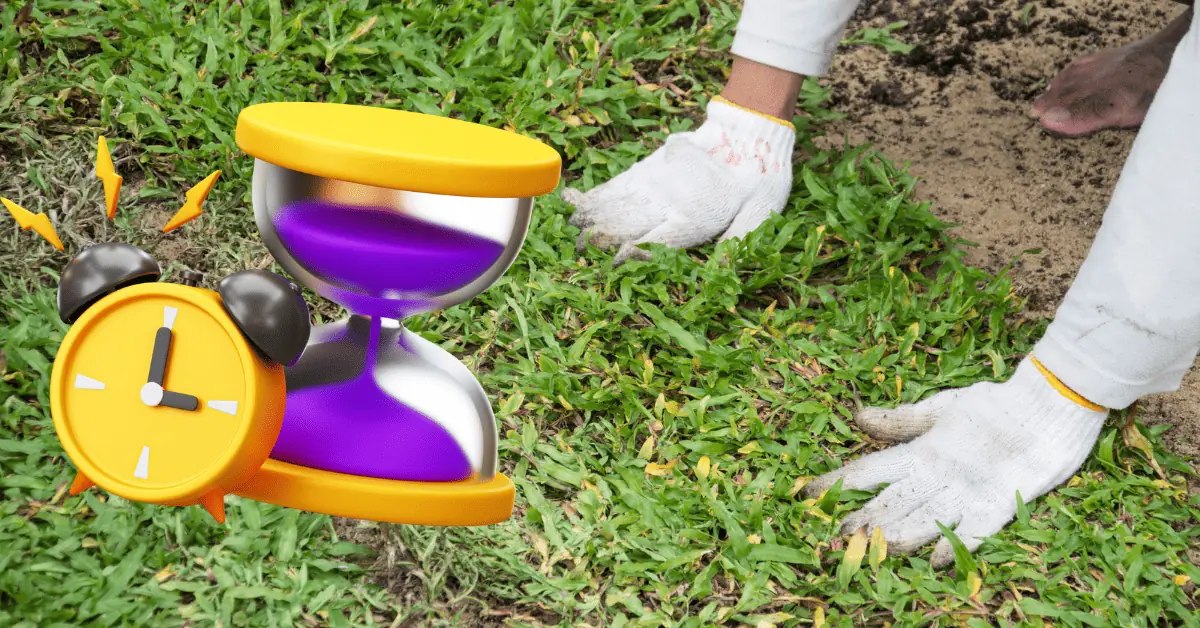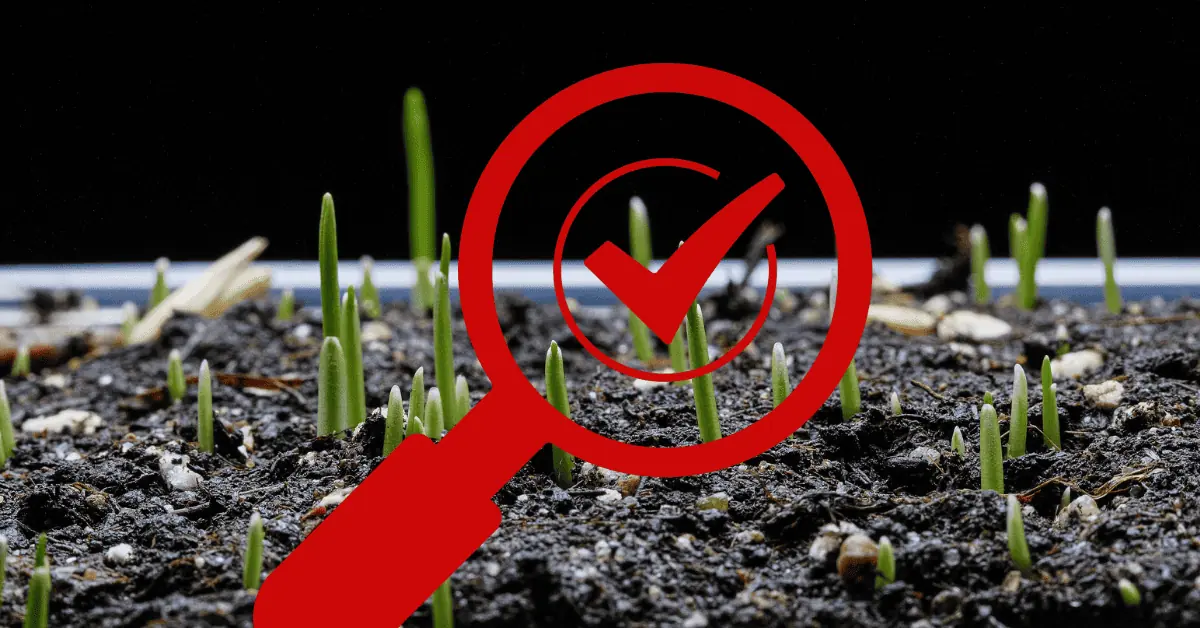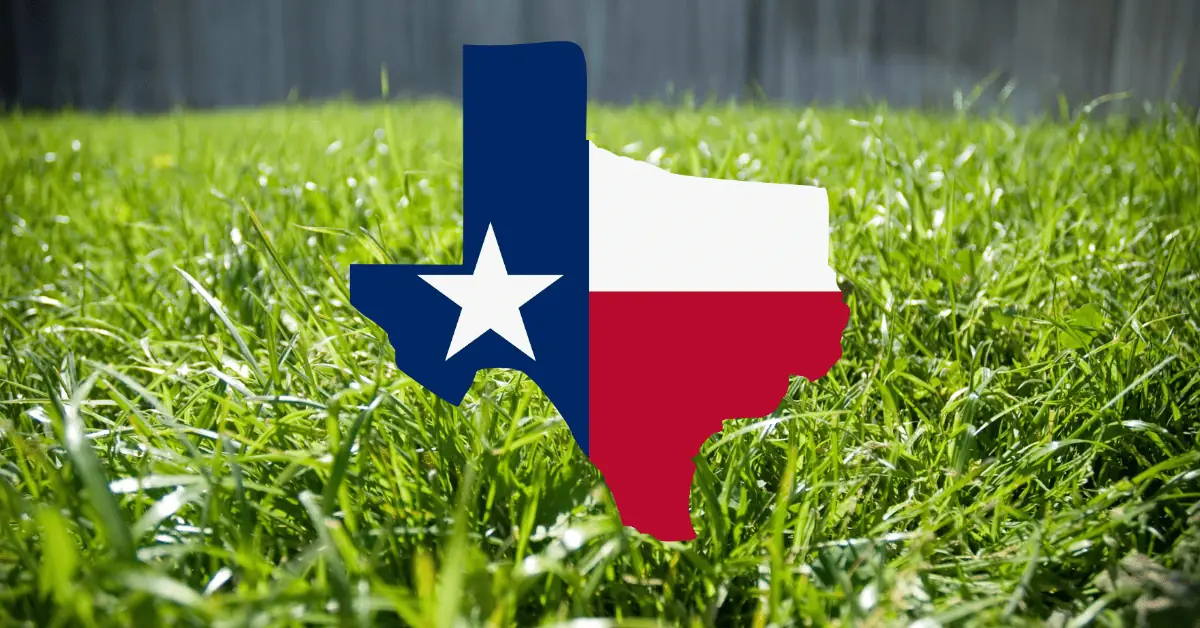A lawn is an essential part of your yard. In addition to enhancing a property’s aesthetic, lush and healthy grass also offers a relaxing setting for outdoor activities. However, putting the grass seed at the proper period for a lawn to look its best is crucial.
Because of Missouri’s varied environment, selecting the ideal time to grow grass seed requires some thought. The type of grass you wish to grow and the area of Missouri where you reside will determine when it is ideal for planting grass seed there.
Everything you need to know about when to plant new grass seed in Missouri, including the ideal time of year and planting success advice, will be covered in this lawn care guide.
Best Time to Plant Grass Seed in Missouri
The best season to plant grass seed differs from region to region due to its varied climate. In Missouri, spring or fall are often the best seasons to plant grass seed.

Spring Planting
In Missouri, spring is the most preferred season for grass seed planting. This is because the weather is more stable and the earth has warmed up. The ideal time to plant grass seed is from late March to early May in the spring. Also, for the grass to establish itself before the hot summer weather arrives, this gives it enough time.
Fall Planting
In Missouri, fall is a fantastic season to plant grass seed. The increased rainfall and cold temperatures enhance grass germination and root formation. Fall is the best season to plant grass seed; the best window is mid-September to early November. This allows the grass to have enough time before winter to establish itself.
Missouri is well-known for its diverse climate and soil types. Therefore, due to its diverse climatic conditions and soil types, many grass seed types are suitable for planting there. Some of Missouri’s most widely planted grass seed types are cool season grasses and warm season grasses.
Missouri’s Cool-Season Grasses
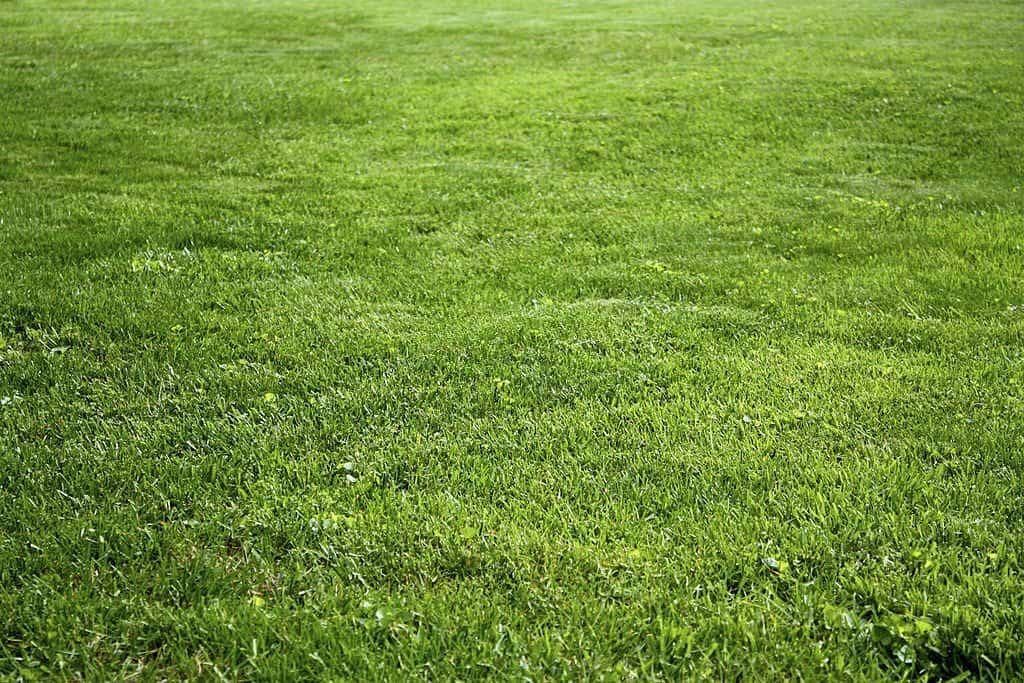
1. Kentucky Bluegrass
Kentucky Bluegrass is a Cool-Season grass known for its lush and rich appearance. This species is commonly used for lawns and sports fields because of its high wear and tear resistance and ability to recover from damage.
Since it grows slowly, regular overseeding is necessary to maintain the desired appearance. This particular grass is known for its deep roots, which aid in water retention and drought resistance.
2. Perennial Ryegrass
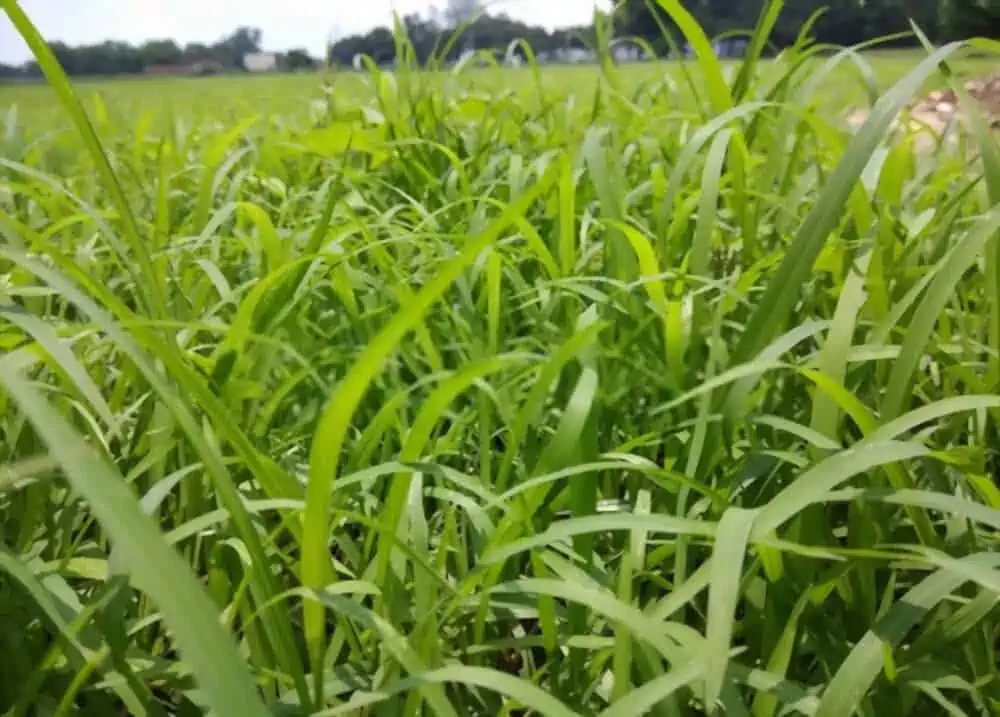
Perennial ryegrass is another cool-season grass type often used for lawns, sports fields, and parks. Due to its quick germination time and rapid growth, this grass is preferred for filling bare spots and overseeding existing lawns.
3. Fine Fescue
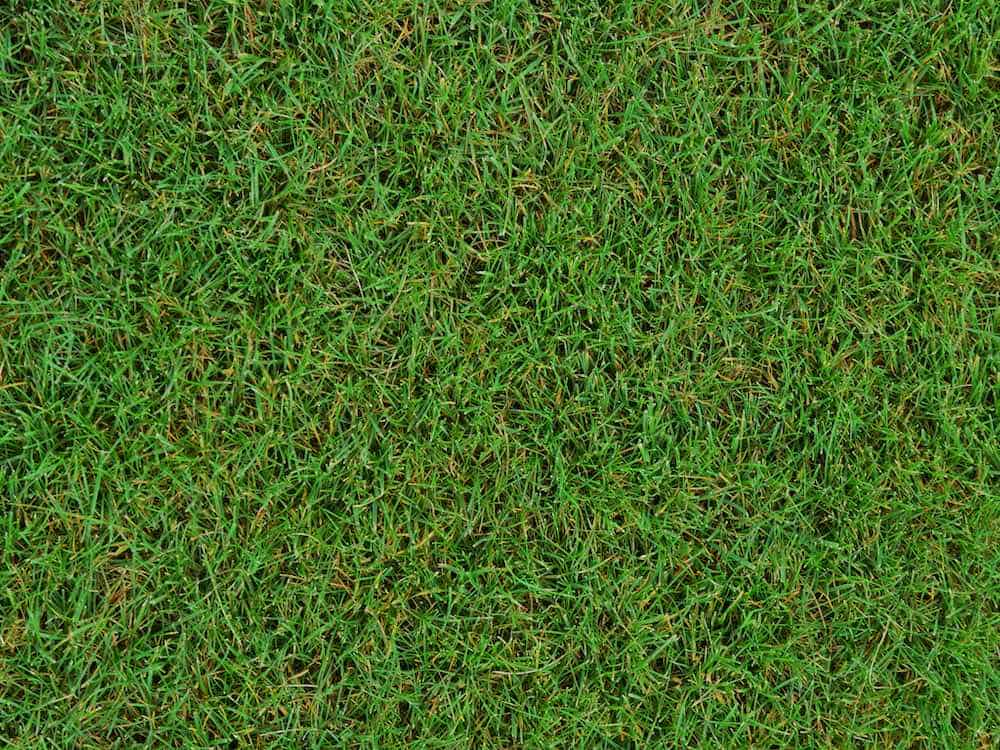
Fine Fescue is a cool season grass comprising creeping red, hard, and chewing fescue. These grasses are frequently mixed with other cool-season grasses, such as perennial ryegrass or Kentucky bluegrass, to add texture and boost a lawn’s overall density.
Because they have a low growth habit, fine texture, and tolerance to shadow, fine fescue species are suitable for lawns with little or no direct sunshine.
Warm Season Grasses in Missouri
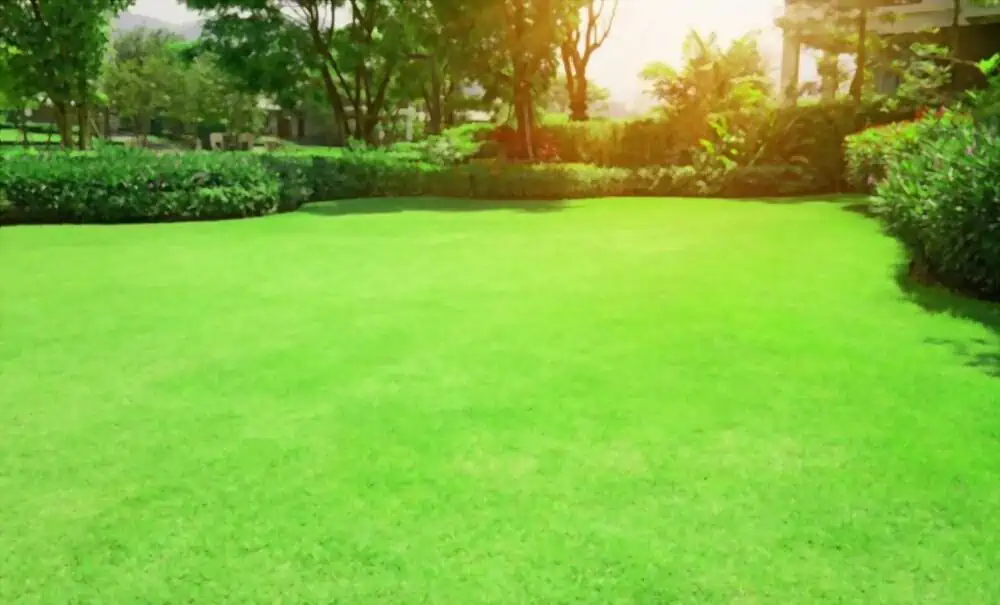
1. Bermuda Grass
Bermuda grass is well-known in Missouri for athletic fields and golf lawns. This plant is well-liked for high-traffic locations since it can withstand drought well and bounce back quickly from damages.
Bermuda grass is used frequently to combine with other warm-season grasses, like zoysia grass, to increase the overall density of a lawn. It is known for its deep green color and dense, creeping habit.
2. Zoysia Grass

Another grass species that is well-known in Missouri is zoysia grass. This species is frequently used for lawns, golf courses, and athletic fields because of its fine texture and dense, lush appearance.
Zoysia Grass is suitable for high-traffic locations because it can withstand heat, drought, and wear and tear. This species is also renowned for its slowness, which lessens the need for frequent mowing.
3. Centipede Grass
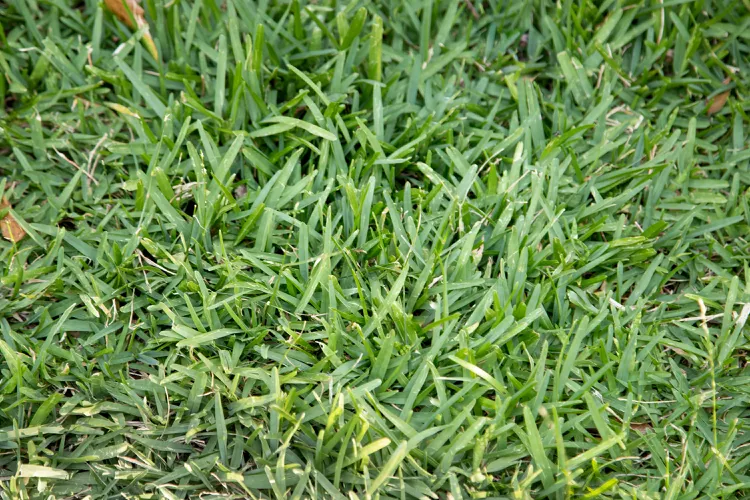
Centipede Grass is well-known for its slow growth and low maintenance needs. Due to its intense heat and drought tolerance, this plant is frequently utilized for lawns in southern and coastal Missouri.
Factors Affecting Missouri Lawn Overseeding
The following are some factors to consider when overseeding your in Missouri.
- Soil Preparation: The soil must be well prepared before sowing grass seed. This entails removing any grass or weeds already present, aerating the soil, and adding organic material like fertilizer. Doing this will give the grass seed the best opportunity to germinate and develop into a robust lawn.
- Selection of Grass: Warm-season grass like Bermuda and Zoysia and cool-season grasses like Kentucky bluegrass and perennial ryegrass are the most common types of grass in Missouri. Warm-season grasses grow best in Missouri’s southern regions, whereas cool-season grasses thrive in the state’s northern regions.
- Planting Rate: The amount of grass seed you should plant per square foot of lawn is known as the seeding rate. A seeding rate of 4 to 6 pounds per 1,000 square feet is advised for most grasses. Following the suggested seeding pace is essential to guarantee that the grass establishes itself properly and grows into a healthy lawn.
- Seeding Technique: Broadcasting and drilling are the two primary techniques used in Missouri to plant grass seed. However, the most popular technique is broadcasting, which entails even distributing grass seed across the lawn.
- Watering: Watering the grass seeds frequently is crucial to prevent them from drying out. Generally, water the grass twice daily for the first several weeks before reducing the rate at which you water that grass.
Conclusion
Warm and cool grasses are grass varieties grown most frequently in Missouri. Cool-season grasses, such as Kentucky bluegrass and fescue, are usually planted in the spring, between mid-April and mid-May, or in the fall, mid-September, and mid-November; this enables the grass to establish its roots before the hot summer and chilly winter.
Grasses like bermudagrass and zoysiagrass are usually planted in late spring or early summer, from late May to early July, when soil temperatures have risen to 60-65°F. It enables the grass to benefit from the warm summer temperatures for establishment and growth. Doing this ensures proper seed germination and establishment.
Now that you know this, preparing the soil and using suitable planting and watering techniques is crucial to get the best results.
